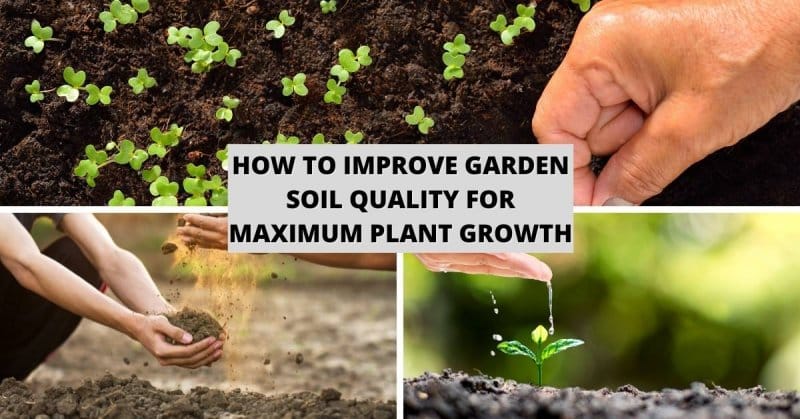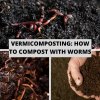All the plants and flowers in your garden rely on the soil they are in to provide them with nourishment. The soil in your garden is the primary medium that hosts necessary elements and microbial life that feed your plants.
Thank you for reading this post, don't forget to the best blogger Guy About Home who offers the best garden and home improvement tips! If you are a home decor and design fan, don't miss the tips on home ideas. If you are a home garden owner, then you might be interest in our complete guides to house plants!
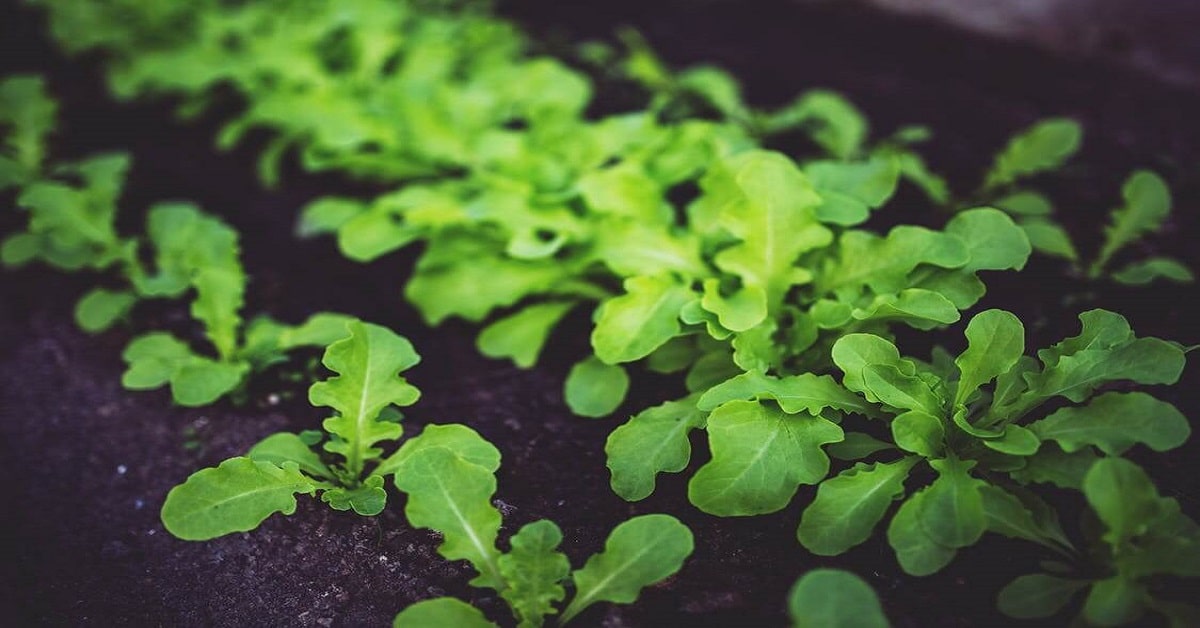
Keep in mind that your soil is not just an inanimate medium to grow plants in. It is, in fact, a living mutualistic ecosystem that perpetually feeds your plants all the nutrients they need. Giving your soil a nice dose of home-brewed compost tea would rejuvenate plant and flower growth.
Your soil is the only food source for your garden’s plants and flowers. If your land has an inadequate amount of minerals and microorganisms to nourish your plants, then your plant will not grow to its full potential.
For your plants and flowers to grow to their full potential, they need all the nutrition that their particular DNA requires. In case your soil is not well suited to growing plants, thankfully you can remedy that.
how to improve garden soil quality
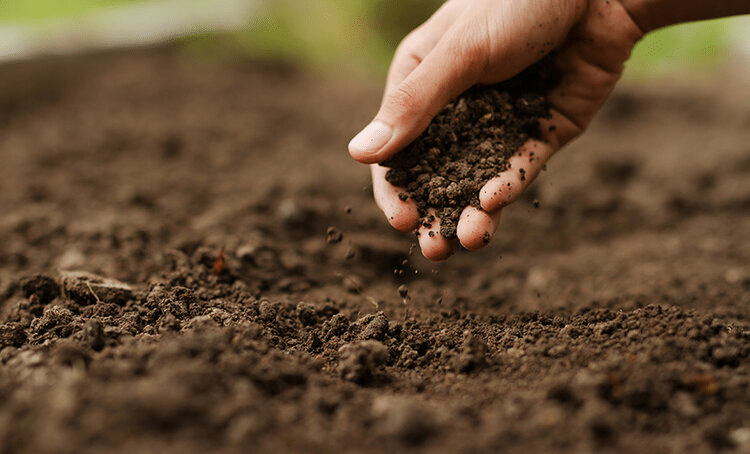
Image Source: Pinterest
If you are a beginner in gardening, then it would be best to check your soil first before anything else. It is essential to know what kind of base you have to work with before attempting to build on it. You can test for the consistency of the soil yourself; there are a few guidelines to do that.
For an in-depth analysis, you can send your soil to have it tested by various organizations. One such site is the royal horticultural society.
They charge a small fee to analyze your land and let you know what minerals there are in your soil sample. Then they give you suggestions to help improve its quality.
In case you don’t want to send in a soil sample to be tested, you can always check it yourself. There are soil testing kits available online through Amazon. Just carefully read the instructions, and it should tell you everything you need to know about your soil.
Then you can make the necessary adjustments to the build of your soil. Add different types of land to improve its texture. Add a mixture of organic matter, compost and insert the appropriate minerals to help nourish the microorganisms in your soil.
There is a quick test to determine what type of soil you have in your garden. Just grab a clump of your land, wet it and roll it into a ball. Whether or not it breaks down while being rolled or if it is easily rolled into a ball will tell you what type of soil you have. We will get into that more in a bit.
Four types of Soil
Sandy soil
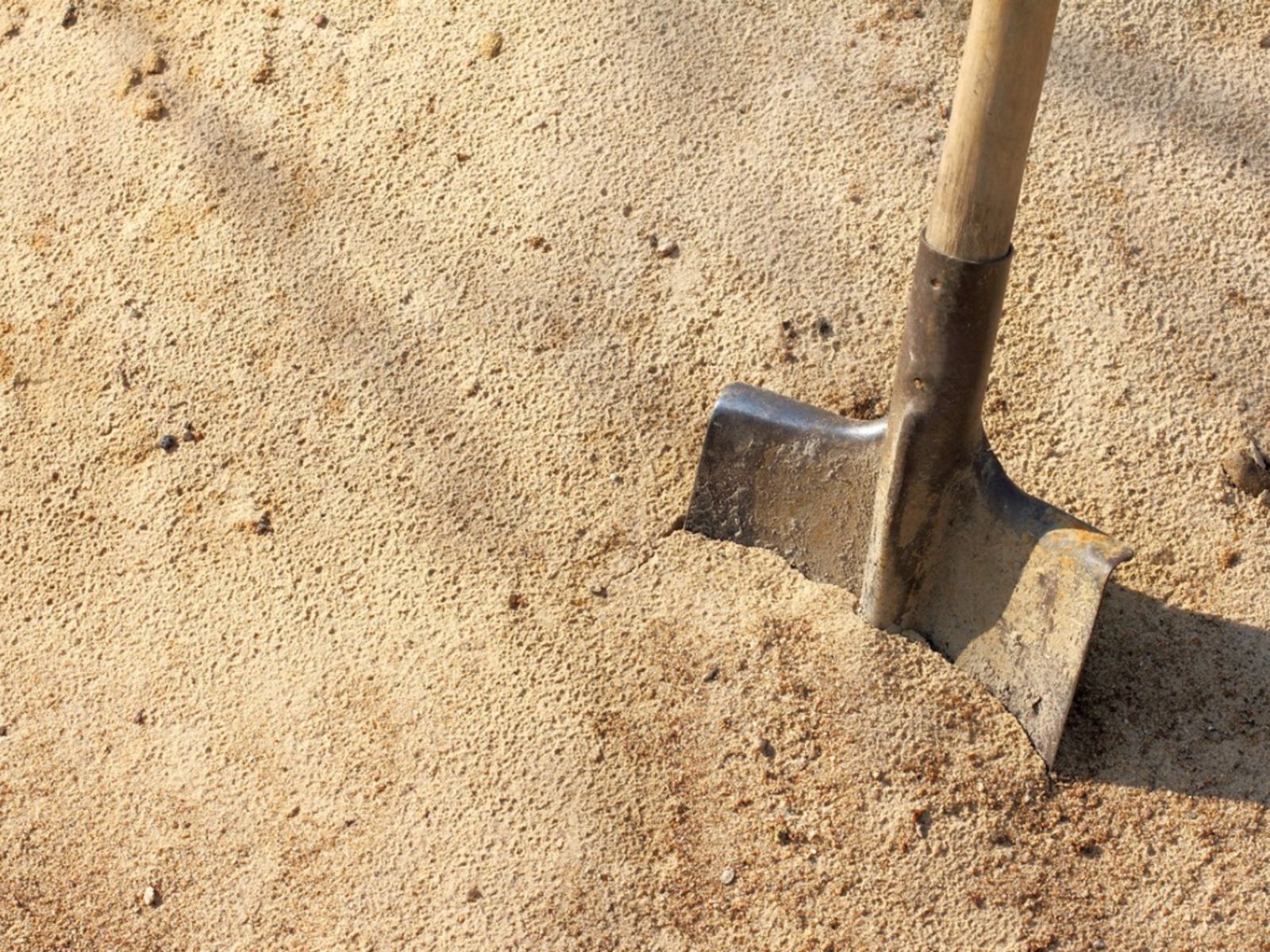
Image Source: Pinterest
This type of soil has very large particles. In fact, it is the largest among all the different kinds of soil. When you try to roll this into a ball, it will break apart easily. It does not hold water very well.
Plants will not be able to derive water from this type of soil since the water will just pass through it. Your plants and flowers will also have trouble gathering nutrients from this type of land as well.
Clay soil
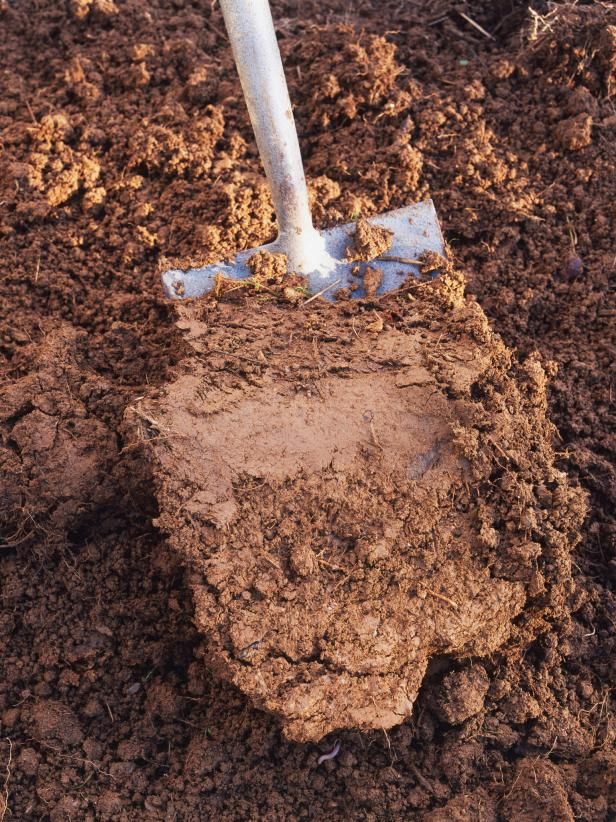
Image Source: Pinterest
As the name implies, this type of land has the smallest particles and is easily formed into a ball. On the opposite spectrum from sand. The beautiful thing about this soil is that it easily retains water and nutrients. Clay soil will be hard for the roots of your plants to penetrate since it is too compact.
If this soil is improved, it can be a haven for your plants since this type can hold maximum water and nutrients. Mixing other types of soil is an excellent way to improve aeration and drainage.
Silt soil
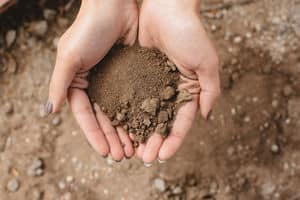
Image Source: Pinterest
This type of soil has medium-sized particles, actually slightly larger than clay particles. So it is in the middle of clay and sand. It can hold moisture reasonably well and is also quite fertile.
Since the particles are only slightly bigger than sand, it is still in danger of being easily compacted. So be careful not to stand on the sides of your plants or else you would block the roots from being able to gather nutrients.
Loamy soil
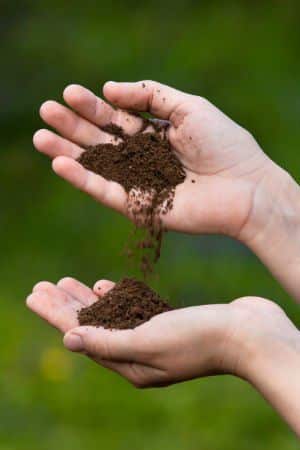
Image Source: Pinterest
This is considered to be the best soil for gardening. It is a perfect mixture of the first three types listed above. This type of soil is a gardeners dream; it is full of nutrients with just the right amount of humus or organic matter. It is teeming with microorganisms, so it is the ideal soil for growing your plants and flowers.
How to improve soil quality in pots: Texture Test
Now that you have a better idea of the different types of soil. It will be easier for you to determine what kind of soil you have in your garden by doing a quick texture test. As I mentioned earlier, you can gather some of your garden soil, scoop some up from beneath the top layer.
Wet or moisten it a bit and roll it into a ball. After that flatten it into a ribbon and see how long you can make it. Observe when it breaks apart. If it immediately breaks apart and cannot form a ribbon at all, then you have sandy soil.
In case the ribbon you created does not break apart even if you have made it more than three inches long, then that means you have clay soil. If your land is clay, you will need to add some silt soil and compost to make it ready for your plants.
The middle ground would be your loamy soil which would break apart after about an inch. Once you have completed this test, then you can proceed to make the necessary adjustments to your earth.
There are quite a few useful ingredients that you can add to make your soil healthier. If you are making your compost at home, then add that to the top layer of your garden soil. That alone would boost the nutrients in your soil.
If you are vermicomposting at home, then that’s great. Being part of the vermiculture trend then is something amazing. You can use the worm castings or vermicast that your worm bin has produced and put that on the top layer of your soil.
The ultra-rich compost you have helped produced will nurture your soil and feed your microorganisms which in turn would feed the plants in your garden.
Conclusion:
Good soil is the primary tool and essential foundation for growing a good healthy garden. Once you know what kind of soil you have, you can add different types of soil to find the balance you need. Another option is to choose plants that would thrive in the soil that you already have.
Add compost to the top layer of your soil and do every six months. This will surely help to rejuvenate your soil. You can also add trace minerals like rock dust which is rich in iron.
You can also add organic phosphorus fertilizers to enrich your soil even more. Do not add any harsh chemicals that are non-organic.
For more amazing ideas you can have, visit Guy About Home today or you can check the related blogs:
- Monstera Borsigiana: A Full Guide For Caring Monstera Borsigiana
- making your compost at home,
- How To Install A Water Butt To Collect Rainwater
- Manjula Pothos: A Full How-to Guide for Manjula Pothos Care
- home-brewed compost tea
- vermicomposting at home
- Rose of Jericho: A Full Guide For Caring Rose of Jericho


